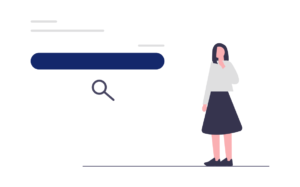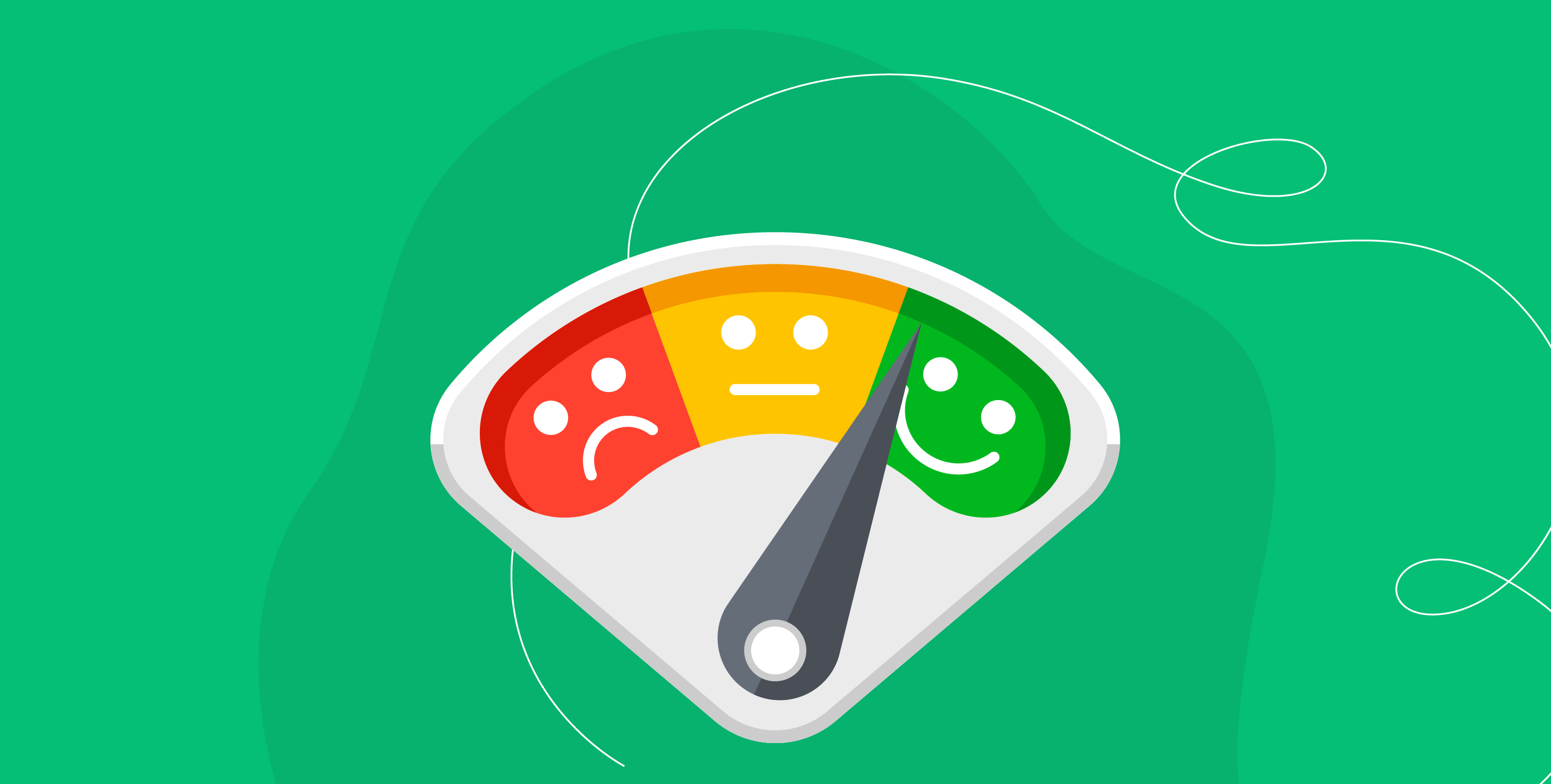Data Collection in Research : All You Need to Know

Parvathi Vijayamohan
Last Updated: 30 July 2024
10 min read

Have you tried to solve a jigsaw puzzle blindfolded? It’s impossible. No matter how many pieces you put together, it’s impossible to know if they fit in the right spot.
Like a jigsaw puzzle, data collection is essential to research. Researchers cannot make sense of the problem without collecting data or uncover valuable insights.
In this article, we’ll help you:
- Define what is data collection in research
- Explore data collection methods in research
- Discover the types of data in research
- Uncover the data collection tools to gather information
First, let’s define what exactly data collection is in research.

What is Data Collection in Research?
Data collection in research is the process of gathering relevant information from a variety of sources. After that, we analyze it systematically in order to answer questions or draw conclusions about a particular topic or issue.
In short, it’s all about gathering evidence to understand something better — in this case, our research question or hypothesis.
Next, we explore the main methods for collecting data in research.

Four Main Data Collection Methods in Research
- Primary data collection methods
- Secondary data collection methods
- Qualitative data collection methods
- Quantitative data collection methods
Let’s take a look at each one in more detail.
Primary Data Collection Methods
Primary data collection methods collect new data from primary sources. Researchers do this with the help of tools like surveys, interviews, focus groups, observations, and experiments. With an increased emphasis on privacy, many researchers also turn to data anonymization tools to ensure respondent’s information remains confidential.
As a result, primary sources provide researchers with raw information that they can use to conclude.
Pros:
- The information gathered in this approach is specifically for the research study.
- Moreover, various tools are available to gather the data you need.
- Primary research gives you more control over the type of data you collect by collecting original information that can’t be obtained from existing sources.
Cons:
This method requires a lot of resources. Depending on the scale of the study, you may need to have researchers out in the field for extensive interviews or survey-taking.
I am looking for a pocket-friendly way to conduct surveys. SurveySparrow enables you to create conversational surveys with a minimum 40% higher response rate.
Creating a free account is as easy as 1-2-3:
14-day free trial • Cancel Anytime • No Credit Card Required • No Strings Attached

Secondary Data Collection Methods
This method uses existing datasets from books, magazines, or online sources. Moreover, we also include public records such as census records or government documents.
Additionally, secondary data collection methods are also referred to as desk research.
Pros
- Secondary data collection gathers existing information from sources that are already publicly available. For example, government census records or published academic papers.
- Researchers analyze this information to learn valuable facts about their research – without the hassle of creating original documents themselves.
Cons:
- This research type may lack the details you need because it was originally created for another purpose.
- Additionally, it makes cross-researching difficult.
Qualitative Data Collection Methods
This method involves using interview techniques and other forms of open-ended questioning, such as focus groups. These allow researchers to gain insight into people’s feelings, motivations, and beliefs on a particular topic.
Pros:
- Qualitative data collection methods utilize non-numerical metrics – such as opinions or experiences – by studying narrative descriptions instead of statistics.
- By analyzing this type of information, constructive ideas can be developed by discovering enduring patterns among stories. This helps us discover meaningful trends within our audience. In this stage, using solid Airtable alternatives can be a smart decision for organizing and analyzing qualitative data efficiently.
- It also offers great insight into why people behave a certain way, which would be hard to detect by simply looking at numbers alone.
Cons
- Bias may come into play, given the subjectivity associated with this approach.
- Since opinions vary within many groups, analysis must be done thoughtfully in order to draw informed conclusions.
Quantitative Data Collection Methods
This method involves using statistical analysis tools, such as surveys, which allow researchers to quantify results so that they can be compared across different populations or over the period.
Quantitative methodologies can involve fundamental mathematics or more advanced statistical techniques such as hypothesis tests and regression analysis.
Pros:
- Viewing research through a quantitative lens can help pinpoint specific results from your group based on the numbers it yields.
- Quantitative data collection methods empower decision-makers by offering exact numbers and precise measurements. These elements are vital to strategic planning.
Cons:
- Measurement errors are a potential drawback.
- With quantitative data, you lack a crucial element: the context. This makes it hard to get insights into the feelings and motivations of your audience.
Now that we have outlined the four main types of research methods let’s uncover the types of data you can gather from them.

Types of Data You Can Derive From These Research Methods
Most research and discoveries rely on data from observations, experiments, simulations, or derived sources.
Observational Data
We gather observational data from direct observation of an individual, event, or environment. This data type is collected through observation by an individual researcher or by using automated sensors such as cameras or recording devices.
Experimental Data
Researchers collect this type of data through experimentation by manipulating variables and measuring the effects on outcomes. Experimental data shows us how different factors affect the outcome of a particular experiment.
Simulation Data
This data type is generated by running computer models that simulate real-world scenarios. Then, we measure their outcomes against actual results derived from observation or experimentation.
Simulation data gives us the power to model complex systems to predict possible outcomes and make decisions with greater confidence.
Derived Data
This type of data is derived from multiple sources, such as survey responses; we often combine these with demographic information from census records. These are then merged into one dataset for analysis purposes.
Derived data compiles all prior research onto a single source to gain a broader perspective on any particular topic.
To sum up: data collection in research will often involve collecting valuable information from all of these sources and combining them to form meaningful conclusions and answers.

Types Of Data Collection Tools
There are three main types of tools for collecting observational, experimental, and simulation-based data:
Manual Tools
These include paper or digital questionnaires, face-to-face interviews, field notebooks for recording observations made during fieldwork, ethnographic diaries, video cameras for recording events, etc.
Additionally, manual data collection involves writing down information about respondents by hand, often covering long distances.
Electronic Tools
These include online questionnaires shared using survey software, digital cameras & camcorders, microphones & audio recorders, etc.
Electronic collection is more cost-effective than manual tools in terms of time, manpower, and operational costs. This is because you can share the survey and collect information online at the click of a button.
Automated Tools
These include sensors & monitoring equipment used for remote sensing & environmental monitoring applications.
Automated data collection allows organizations and businesses to collect large amounts of raw data from multiple touch points to make real-time decisions. Often, these tools are powered by machine learning algorithms.
So, whichever tool you choose, always maximize your data collection capabilities for the best chance of success.
Related content: The Top Data Collection Tools of 2023
Conclusion
Collecting reliable, high-quality data is key when conducting any research. This will form the basis of your analysis, interpretations, and conclusions.
By understanding data collection research plus the various tools available today, we can determine the following:
- How best to utilize our resources effectively
- Achieve our survey objectives within time and budget constraints.
- Understand whether our study has captured enough information for our goals.
Need guidance on how to plan the data collection process? Check out the 7 things about the data collection process your boss wants to know. Happy surveying!
14-day free trial • Cancel Anytime • No Credit Card Required • No Strings Attached

Parvathi Vijayamohan
Content marketer at SurveySparrow.
Parvathi is a sociologist turned marketer. After 6 years as a copywriter, she pivoted to B2B, diving into growth marketing for SaaS. Now she uses content and conversion optimization to fuel growth - focusing on CX, reputation management and feedback methodology for businesses.

Turn every feedback into a growth opportunity
14-day free trial • Cancel Anytime • No Credit Card Required • Need a Demo?




